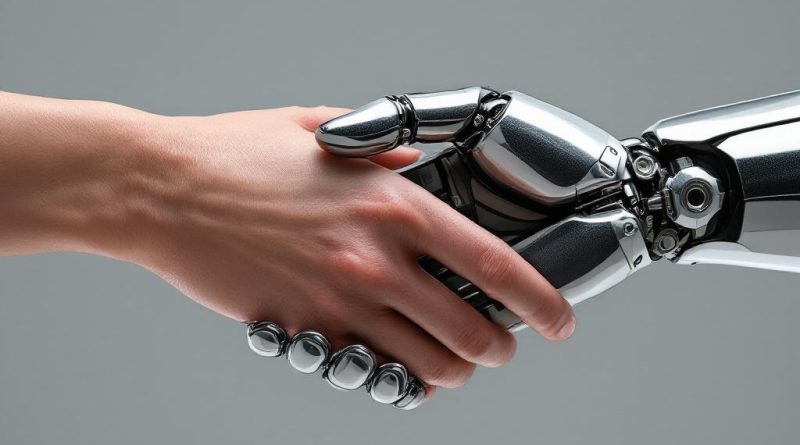How AI Is Being Used in Game Design (and What It Means for Players)
For years, “game AI” meant enemies that walked into walls or repeated voice lines. In 2025, that definition’s been flipped upside down. From smarter NPCs to procedural worldbuilding, AI is shaping not just how games play—but how they’re made.
And as a player, you’re not just fighting the AI—you’re playing with it.
🧠 AI Is the New Game Designer’s Assistant
Modern development tools use generative AI for:
- Level design suggestions
- Item balancing and economy tuning
- Procedural terrain and biome generation
- Automated quest templates and branching dialogue
Studios use models like OpenAI’s Codex or custom LLMs trained on gameplay logic to speed up iteration. Instead of handcrafting 1,000 fetch quests, devs build frameworks—and the AI fills in the blanks.
“We went from making a world to shaping the rules for infinite ones.”
— Lead dev on Dust Engine 2
🗺️ Procedural Generation 2.0
AI now enhances classic procedural generation by adding context and purpose:
- Enemies evolve based on your playstyle
- Villages expand if you return often
- Loot changes to fit how you fight
In Mythborn: Echoes, dungeons adapt in real time—if you rely on ranged attacks, later maps shrink line-of-sight.
🧑🤝🧑 Smarter, Reactive NPCs
Gone are the days of NPCs who repeat the same three lines.
In 2025:
- NPCs remember your actions, not just scripted flags
- Dialogue adjusts based on tone, choices, or even voice input
- Crowd behavior (in games like Urban Echo) shifts based on world state and news events
In some MMOs, AI-driven characters now act like real players, offering dynamic co-op quests or initiating trades.
🎯 AI Balancing for Endless Replayability
Dev teams use AI to constantly tweak:
- Enemy placement
- Difficulty curves
- Resource drop rates
- Boss behaviors
This means more tailored experiences. AI tracks your performance and adjusts—not to hold your hand, but to keep the challenge “just right.”
🧩 AI Storytelling & Dialogue
2025 games like Fractured Realms use AI to:
- Generate personalized side stories
- Auto-generate companion backstories
- Create emergent quests from world events
It’s not fully AI-authored games—yet. But it’s AI-assisted storytelling, giving players more freedom without sacrificing depth.
🚧 Risks & Debates
AI in game design isn’t without controversy:
- Creativity concerns – Does it replace human writers or support them?
- Quality control – Some AI-generated content can feel hollow
- Data bias – NPCs and events may mirror biased training data if not curated
The best games use AI as a tool—not a shortcut.
🎮 What It Means for Players
- Your choices now matter more than ever
- Games feel more alive and reactive
- There’s always “one more run” because the world keeps shifting
AI isn’t making games easier. It’s making them smarter.
🏁 Final Thought
AI is no longer just behind the curtain—it’s in your inventory, your dialogue tree, and the map you haven’t explored yet. In 2025, the most groundbreaking games aren’t just coded—they’re co-created with machine learning.
And this is just the beginning.


